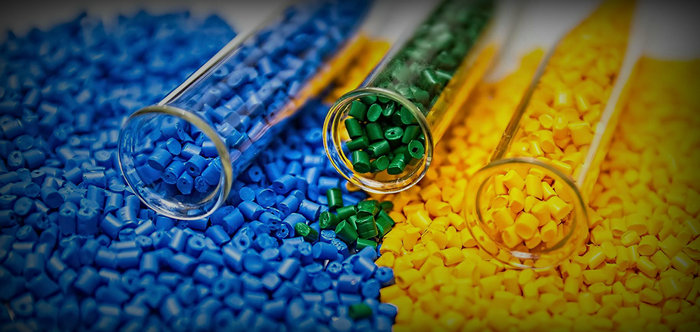
Preface
In the field of modern materials science, lightweight and high-strength plastics exude a unique and critical appeal. They have become crucial supports for various industries due to their excellent performance. These plastics possess outstanding strength, rigidity, and good wear resistance, playing an irreplaceable role in mechanical manufacturing, aerospace, electronics, and other fields. Below is an introduction to five such polymer materials.
Polyoxymethylene, also known as "engineering steel", boasts exceptional strength and rigidity comparable to certain metals. It exhibits excellent wear resistance and good self-lubrication, making it highly effective in mechanical transmission, often used to manufacture gears, sliders, and other parts. Additionally, POM has excellent dimensional stability and fatigue resistance, maintaining stable performance under long-term repetitive stress.
In the automotive industry, POM is commonly used to make door locks, handles, and other components. However, it is sensitive to notches and can easily break when notched. Furthermore, POM has a relatively narrow processing temperature range, requiring precise processing techniques.
Nylon is an important class of thermoplastic. It features high strength and good wear resistance, along with considerable toughness and elasticity. Nylon is often used to produce various mechanical parts such as gears and bearings due to its ability to withstand significant loads and friction. In the textile industry, nylon fibers are widely used in clothing, ropes, and other products. Nylon also has good chemical resistance, allowing it to be used in some acidic and alkaline environments.
Different types of nylon have varying properties; for instance, nylon 6 has good fluidity, suitable for injection molding, while nylon 66 has higher strength, making it suitable for high-strength applications. The downside of nylon is its high water absorption, which can degrade its performance in humid environments, and its relatively limited high-temperature resistance.
Polyphenylene sulfide is a high-performance specialty engineering plastic. It boasts extremely high heat resistance, capable of long-term use in environments exceeding 200°C. Additionally, PPS has strong chemical resistance, good flame retardancy, and excellent electrical insulation.
These properties make PPS highly valued in aerospace, electronics, and chemical industries, such as in the manufacture of high-temperature-resistant electronic components and chemical pipelines. PPS has high strength and rigidity, but its toughness is relatively weak. During processing, PPS may face issues like slow crystallization speed, necessitating appropriate processing techniques and conditions to address these problems.
Polyetheretherketone is an exceptionally outstanding plastic. It offers very high strength and rigidity, coupled with excellent high-temperature performance and chemical resistance. PEEK is widely used in high-end fields such as aerospace, medical devices, and electronics, for example, in manufacturing aircraft parts and artificial joints.
Its fatigue resistance and wear resistance are also remarkable, enabling reliable long-term operation under harsh conditions. However, the high cost of PEEK somewhat limits its broader application.
Polyimide exhibits extraordinary comprehensive performance. It not only has high strength but also can withstand temperatures above 400°C, maintaining stability even in extreme environments. Polyimide's excellent electrical insulation makes it valuable in the electronics field.
Additionally, it has strong radiation resistance, making it suitable for use in special environments. In aerospace, polyimide is often used to manufacture high-temperature components. The main drawbacks are its high processing difficulty and cost.
These five types of lightweight and high-strength plastics each have unique properties and application areas, contributing significantly to the development of modern technology and industry. As technology continues to advance, their application prospects will become even broader.